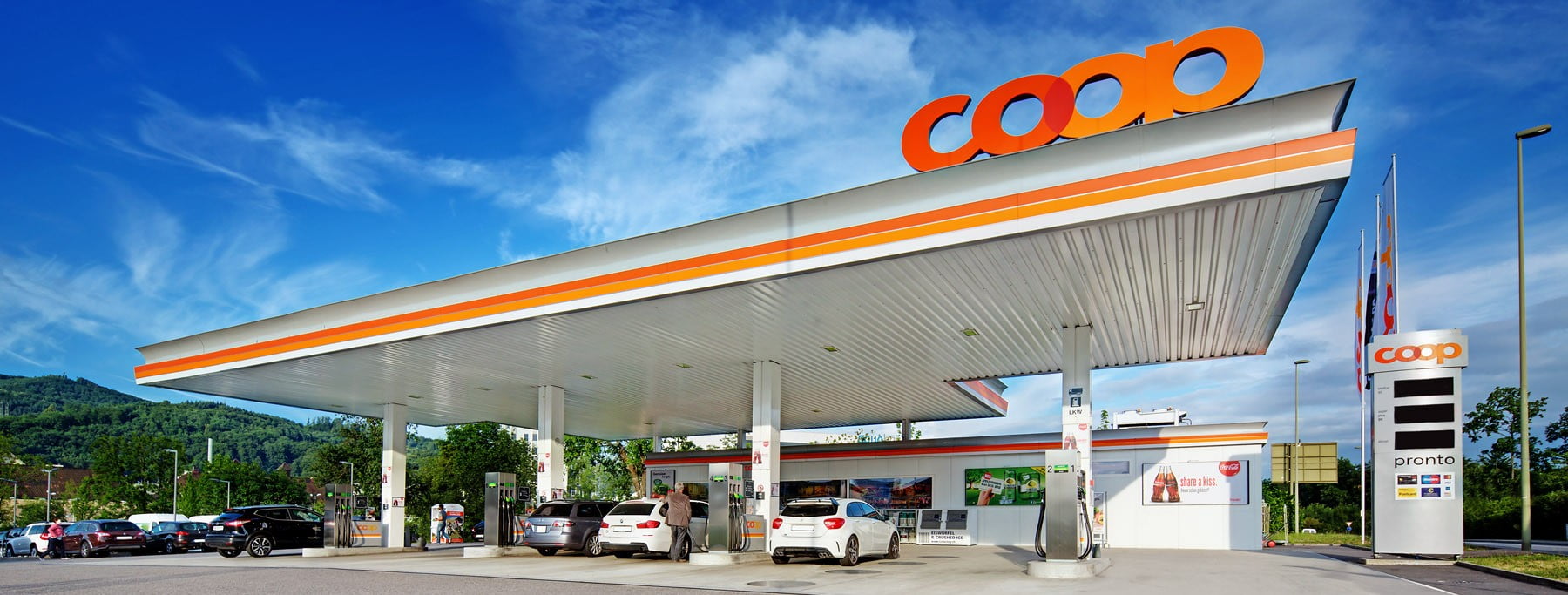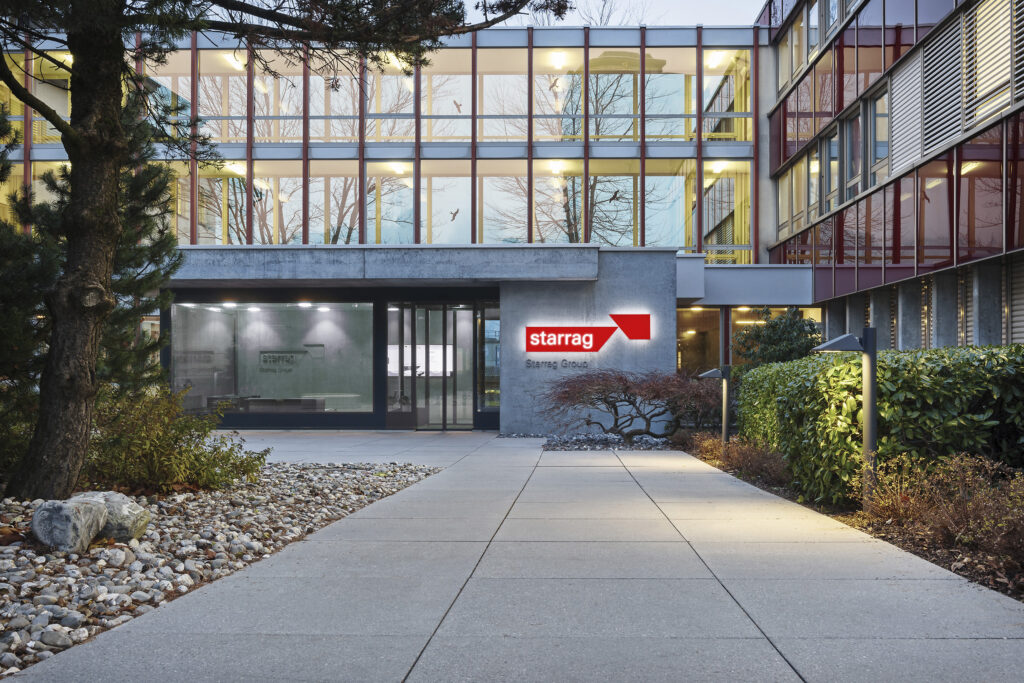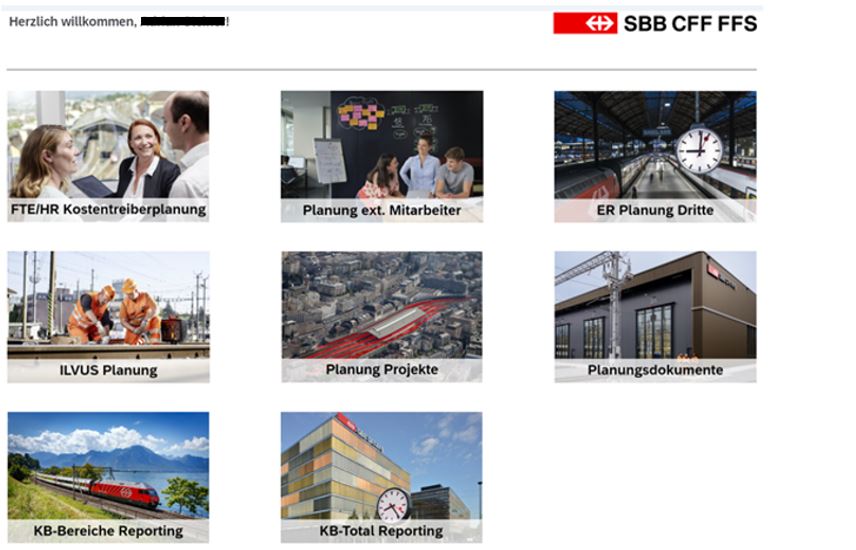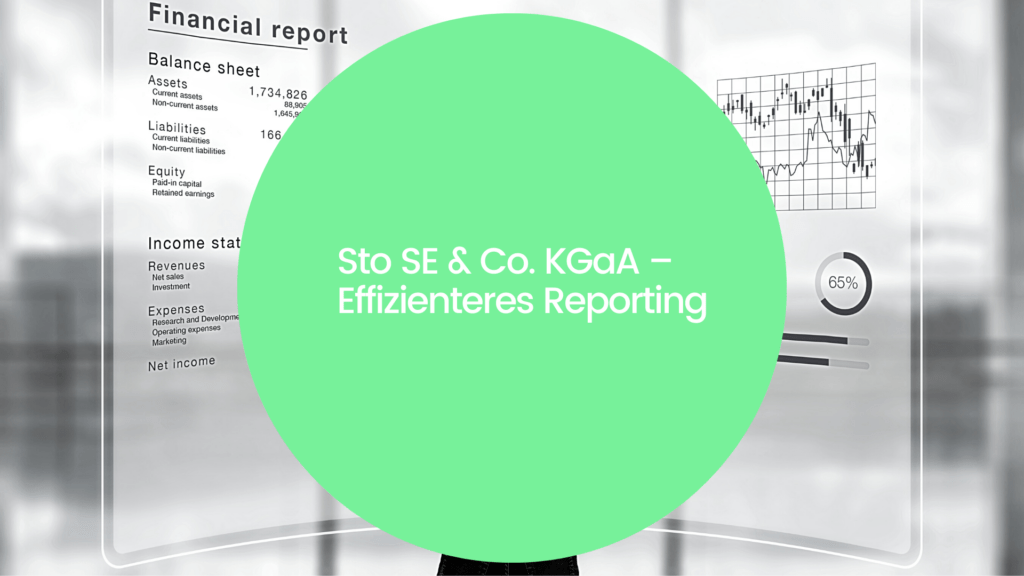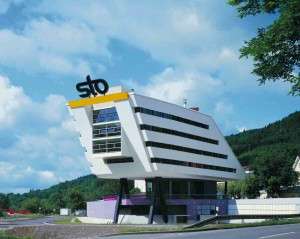Coop Mineraloel AG: Automating rolling monthly projections
- Success stories
- Automation, Data Science, Planning, Predictive Analytics, Forecasting
- 4 min reading time
Coop Mineraloel AG steers safely through the crisis thanks to predictive analytics
Coop Mineraloel AG relies on a system developed and implemented by s-peers for its monthly rolling projection, which forecasts sales and expenses for the entire Coop petrol station and Pronto shop network - based on the latest algorithms - at the click of a mouse. The advantages are obvious: thanks to the newly gained information density and the new forecasts, logistical processes can be optimised and made more efficient.
The massive reduction in manual activities frees up capacities for new tasks and the susceptibility to errors approaches zero. Thanks to the automation of the monthly extrapolation, it is possible for controlling to present different scenarios even in times of the Covid-19 crisis, allowing management to map uncertainties and react proactively to changes.
Challenge in the project
Coop Mineraloel AG operates a network of 314 Pronto Shops in Switzerland, 244 of which are affiliated with a Coop filling station. 70 Pronto Shops are stand-alone, for example in railway stations. The Coop Pronto Shops - with or without a petrol station - are run as franchises. Net sales - as of the end of 2020 - amounted to CHF 2.2 billion.
Central controlling monitors the business development of Coop Mineraloel AG. In addition, the parent company wishes to report the key earnings figures on a rolling monthly basis, for example. These requirements have so far pushed the capacities of central controlling to their limits, because at present the monthly forecast is carried out manually for each location, which can lead to error-proneness. Due to the large amount of data that has to be compiled and harmonised in each reporting event, the reported extrapolation is very time-consuming and offers Coop Mineraloel AG little analytical added value.
In the future, it should be possible to evaluate the individual locations in the organisation with a monthly projection, i.e. a monthly rolling turnover forecast per location - differentiated by products - should be available at the push of a button. By saving the previously very time-consuming manual activities, the sales manager thus gains more time and resources for other important tasks. In addition, by recognising early indicators - e.g. fluctuations in the earnings figures - controlling can observe the development and, if necessary, act on it with foresight. Due to the high information density of data, the sales manager can also forecast the costs or other earnings figures in order to be able to make a monthly rolling statement about the expected annual result of his location.
The implementation of the Predictive Analytics solution
With the use of predictive analytics - the automation of rolling monthly projections - the company can massively increase the density of information. Extensive adjustments and simulations are now possible at any time on an automatically calculated database. Controlling processes are streamlined and made more efficient.
The forecasting methods we use are derived from classical and more recent time series analysis. This means that all possible variables, such as seasonal patterns, trends, calendars and holiday effects, can be taken into account. Where appropriate for time series, machine learning methods such as neural networks, classification and regression trees can also be used.
The factual granularity of planning depends on the organisational structure and customer requirements and differs greatly between industry, services and trade. For the temporal granularity, the calendar month is usually defined. The time horizon of planning, i.e. how many periods in the future are to be forecast, can be fixed or flexible. In rolling planning, for example, the horizon becomes shorter and shorter with each new forecast, while the oldest periods that were originally planned/forecast have already been replaced by the actual data.
The convincing project result is a clearly structured process of monthly forecasting of the turnover of the individual locations. 12 rolling, automatically generated, monthly annual turnover forecasts at location level, as well as turnover differentiated by fuel type and shop turnover are shown. Risks of possible sources of error and coordination breakdowns have been largely reduced; regular reporting functions uniformly and smoothly.
Planning events can now be designed more efficiently by using the forecast to create default values that are then transferred to the budgeting process. On the basis of these fully automatically generated forecast values, the planning managers can modify the values if they have to expect a drop in turnover due to unplanned or uncontrollable circumstances - for example a construction site.
Result achieved
Long-term rolling forecasts can now be created on a monthly basis, and long-term weekly or daily forecasts are also available. In addition, the costs per site can also be forecast; this makes an early and long-term site assessment possible. In principle, all 314 locations can now be fully forecast. But the procedures can also be applied at the company level, e.g. for the long-term forecast of the sales volume and turnover of heating oil.
At the push of a button, central controlling is offered a high analytical added value in the context of short-, medium- and long-term site assessment, but also for the assessment of the entire Coop Mineraloel AG. New information about locations is created, and the processes in the cooperation between central controlling and the sales managers can be made more efficient. On the one hand, automation eliminates many manual activities; on the other hand, intelligent analysis aids (monitoring) support the monitoring of data quality. Thanks to the newly gained information density and the new forecasts, e.g. the sales quantities of individual products, logistical processes can be optimised. In addition, the time capacities freed up allow the management to spontaneously carry out unscheduled planning events.
Benefits
- Less expense for non-value added activities
- More precise results and greater transparency thanks to increased information density
- Clarification of interrelationships and cross-functional dependencies (across a wide range of corporate divisions) through disclosed cause-effect chains
- Massively increased responsiveness through automation - calendar orientation increasingly a thing of the past
- Objectified forecasts that give a fact-based picture
- Multiple use and reusability of the algorithms provided by s-peers
- Wide range of evaluation options in assured quality
- Early opportunity for performance assessment through simulation
Technologies used
- R
- SAP Analytics Cloud
- SAP BW on HANA - full use or alternatively: SAP Datawarehouse Cloud

Published by:

Dr. Stefan Lieder
Former Head of Data Science Workshop

Dr. Stefan Lieder
How did you like the article?
How helpful was this post?
Click on the stars to rate!
Average rating 5 / 5.
Number of ratings: 1
No reviews yet! Be the first to rate this post.
